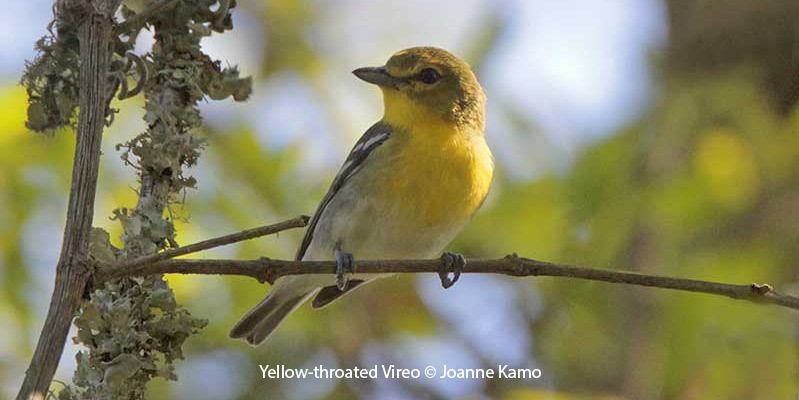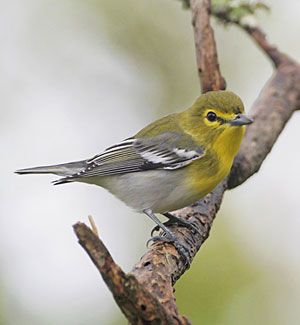
© Joanne Kamo
Yellow-throated Vireo
Vireo flavifrons
Family: (Vireonidae) Vireos
Preferred Habitat: Deciduous woodlands.
Seasonal Occurrence: Common in spring; uncommon in summer and fall.
Profile by Maria Hart: When compared to other members of the Vireo family, the Yellow-throated Vireo is a more brightly colored bird with an unstreaked yellow throat, thick bill, olive green head, and white underside. When searching for them in the treetops, they can be easily identified by their bright yellow “spectacles” around their eyes. This species of Vireo has a harsh and buzzy call that can be heard as ahweeo, eeyay, ayo, away, oweeah, eeowa. In the past, their call has been described as sounding like a Vireo with a sore throat.
Yellow-throated Vireos typically inhabit deciduous forests with large oaks and maples, avoiding dense understories as well as coniferous stands. During migration, look for them slowly and methodically foraging in the tall trees of edge habitats and forest gaps. This species largely feeds on insects including spiders, butterflies, various beetles, aphids, etc. They also feed on an assortment of berries when available and necessary.
Yellow-throated Vireos breed in the eastern half of the United States and parts of Canada ranging from southern Ontario to central Florida. Males arrive before females to scout out three to four possible nest sights. Once the females arrive and decide on the exact location, both of them get to work constructing their nests 20 to 50 feet up in mature deciduous trees, again often on the forest edge or in gaps within the woodland. The nest is a rounded cup composed of bark, grasses, and other plant material bound together with spiderwebs and other insect silk.
In the early twentieth century, the heavy use of insecticides caused a sudden decrease in Yellow-throated Vireo populations. Since then, the species has rebounded and is considered to be of low concern on the Continental Concern Score.
Yellow-throated Vireos are early spring migrants that travel from their wintering grounds in Central and South America up through the Upper Texas Coast. If you want to see one, be sure to visit any of the High Island sanctuaries in the spring before they continue on with their journey!
Profile by Nick Minnich: The Yellow-throated Vireo is one of the most striking North American vireos, with its bright yellow throat and breast plumage, broad yellow spectacles around the eyes, and gray wings with two bold white wingbars. Often, this bird frequents forest-edge habitat and tends to roam high up in the canopy. Deciduous or mixed-deciduous forests are its primary habitat, with infrequent activity in stands of conifers. During migration, this bird may also occur in shrubby areas along barrier beaches. Yellow-throated Vireos are best described as foliage gleaners, hopping between branches and often focusing on the interior parts of the canopy. While other vireos typically forage in a frenzied manner, this bird forages for insects on bare branches, carefully selecting prey. Its beak is thick and slightly hooked, allowing this species to maintain an omnivorous diet, consuming both fruits and seeds, as well as insects and spiders.
Yellow-throated Vireos have an extensive breeding ground, spanning from southeastern Manitoba and Ontario all the way south to the Gulf Coast near sea level, preferring tall, deciduous riparian trees. Their nest is typically suspended from a fork of a narrow tree branch around 30-60 feet from ground level. While many North American songbirds leave the females to incubate and brood, Yellow-throated Vireos share this responsibility. On the breeding grounds, Yellow-throated Vireos may sound like Red-eyed Vireos, but with a burrier song. Newly arriving male Yellow-throated Vireos will select multiple potential nest locations within their territory while displaying within this territory. He will also conduct much of the initial nest-building, with the female taking over to complete the structure after accepting his nest site and courtship. The finishing touches of the bark-strip, dry grass, and plant fibered nest will often be decorated with lichens and moss.
During the early 20th century, this vireo encountered widespread decline due to pesticide spraying for Dutch Elm and other tree diseases. With increased awareness and control of these chemicals, the species’ population has since rebounded. Along with the other closely related vireo species, Yellow-throated Vireos face threats including habitat loss and fragmentation on both breeding grounds and wintering grounds in the Caribbean, Central and South America. Collisions with glass and communication towers are also a threat to these species, especially during migration.
Yellow-throated Vireos are an early spring arrival in High Island, with the first reported individual of the 2025 season arriving at Hooks Woods Sanctuary on March 9 following a cold front (along with a Northern Parula, Yellow-throated Warbler, and Broad-winged Hawk). Spring is certainly underway in High Island. We are so excited for you to visit our sanctuaries and hopefully get eyes, binoculars, and cameras on this passerine and so many other fun spring migrants.
-
Cornell Lab of Ornithology
-
Bird Guide
-
Bird Library
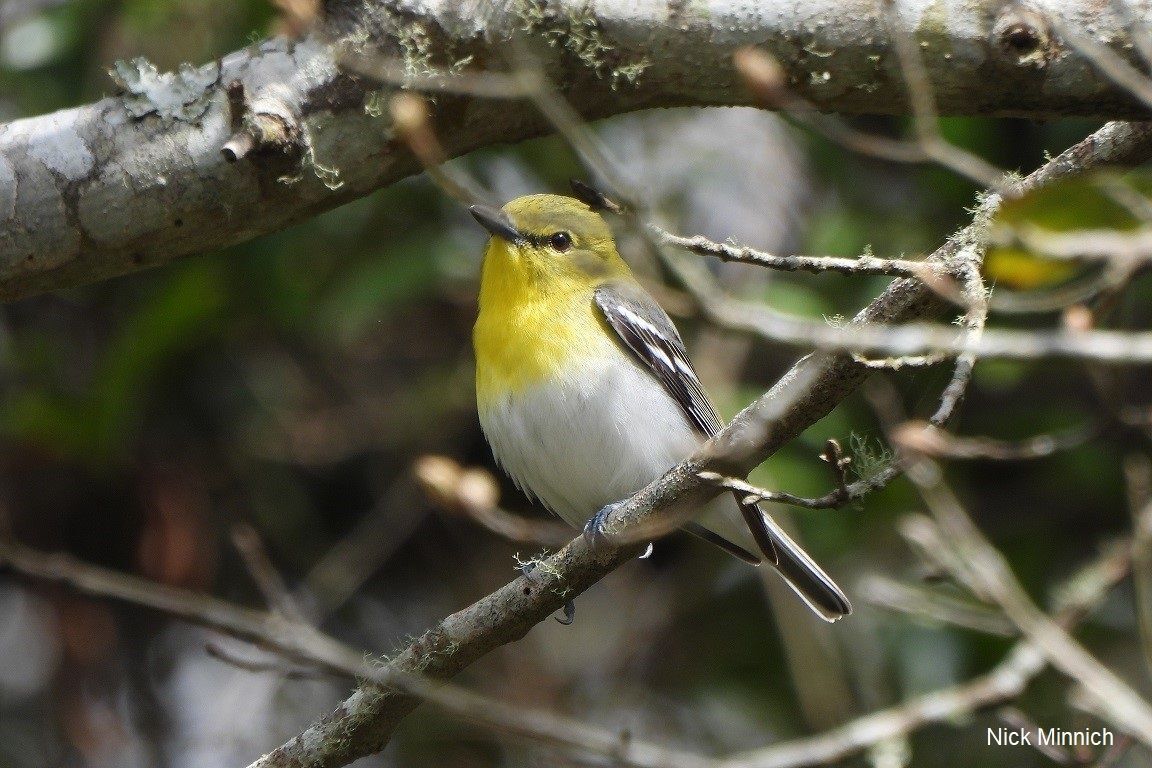
© Nick Minnich
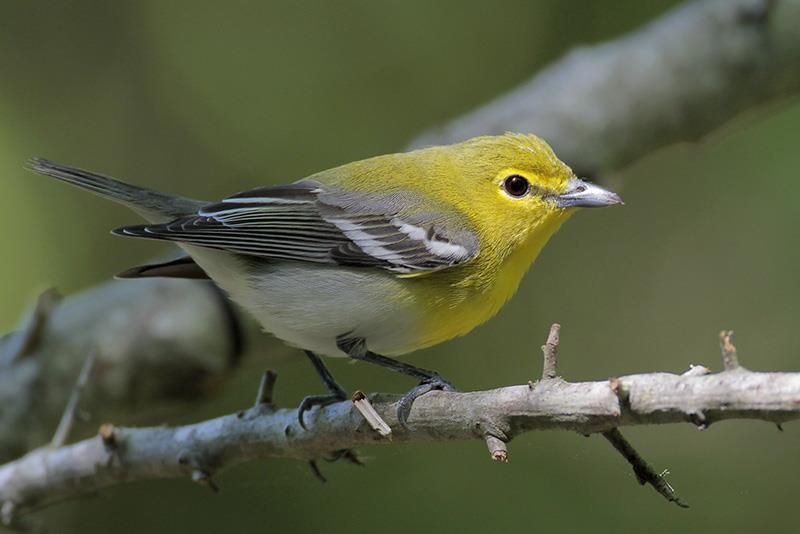
© Greg Lavaty, www.texastargetbirds.com
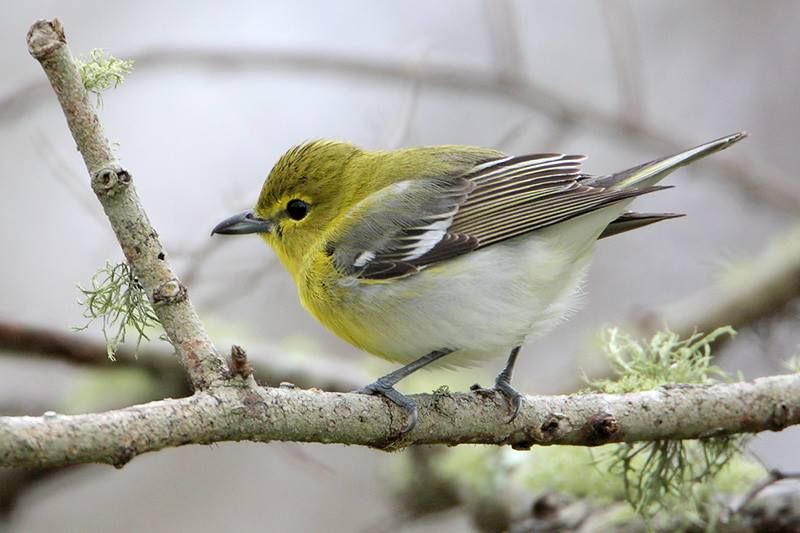
© Greg Lavaty, www.texastargetbirds.com
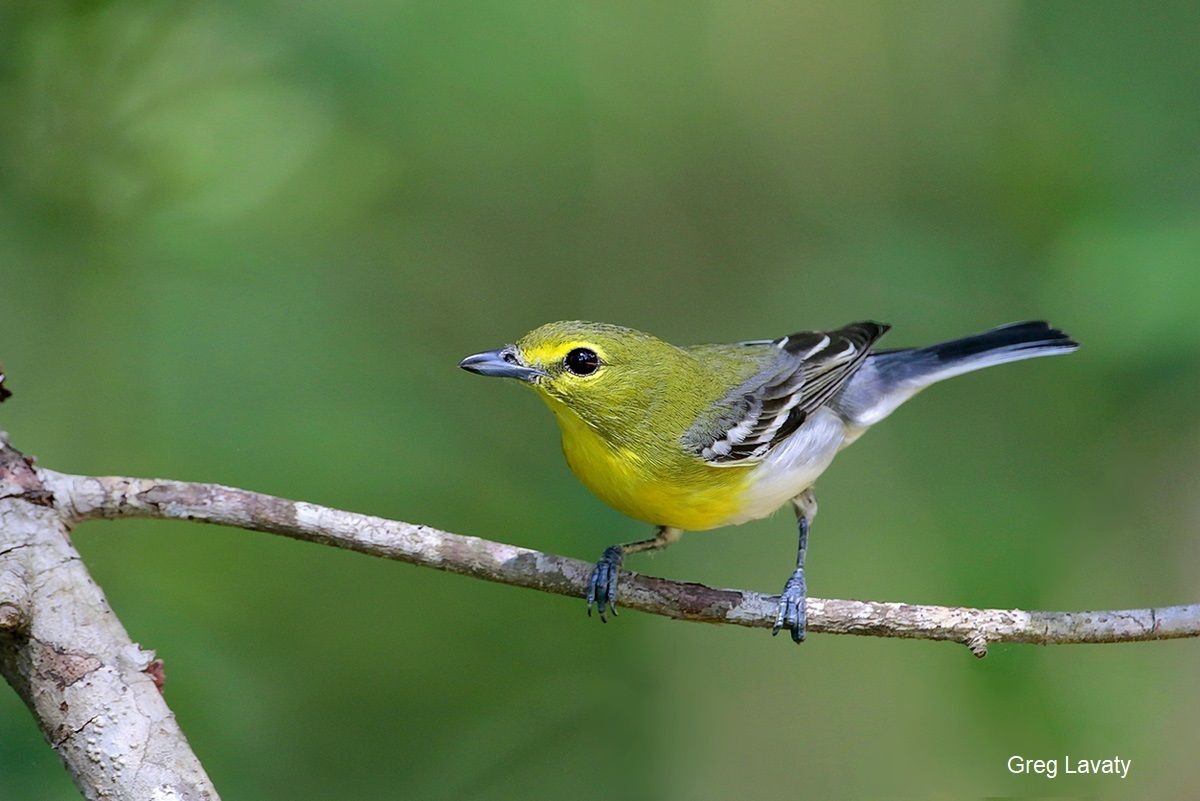
© Greg Lavaty, www.texastargetbirds.com
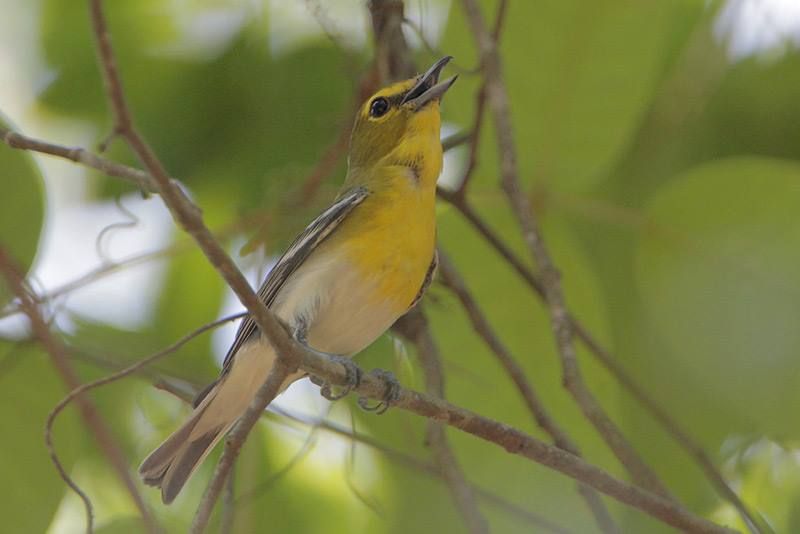
© Greg Lavaty, www.texastargetbirds.com

